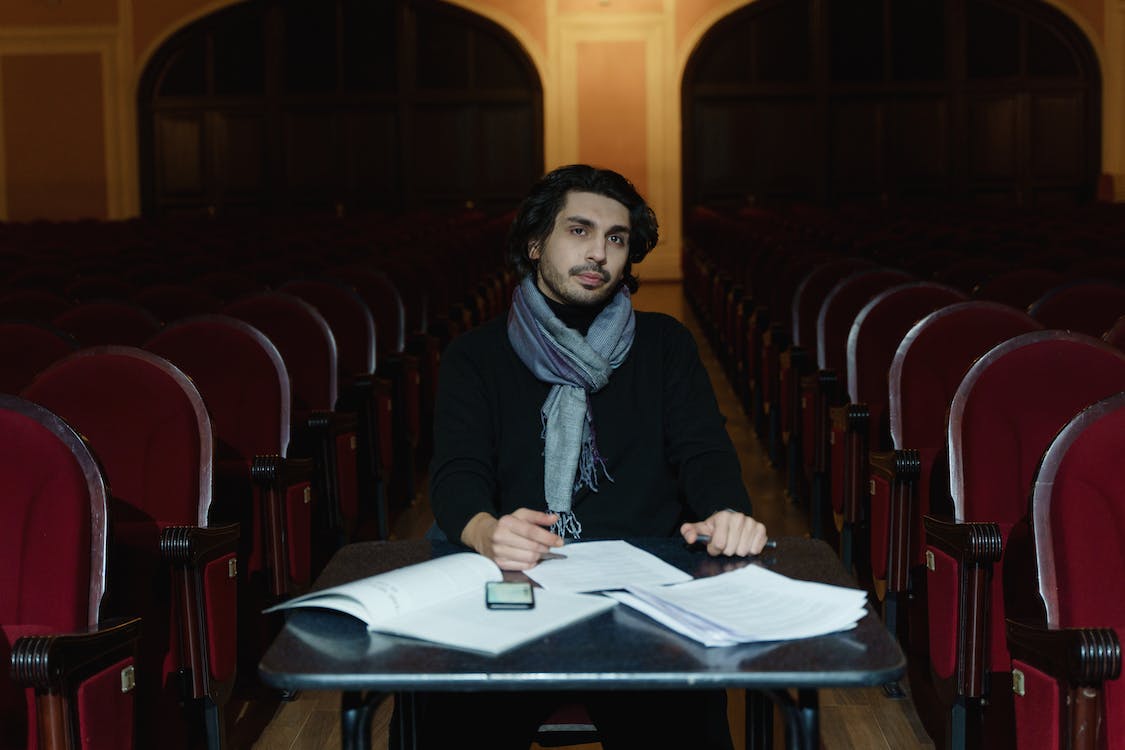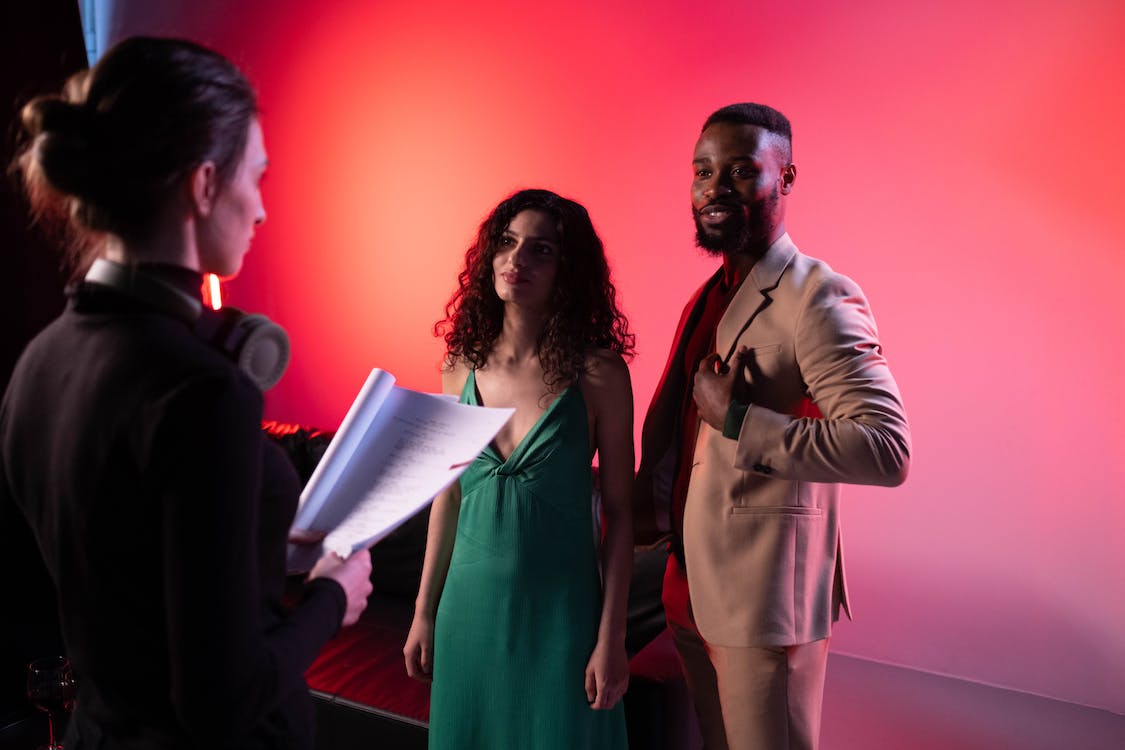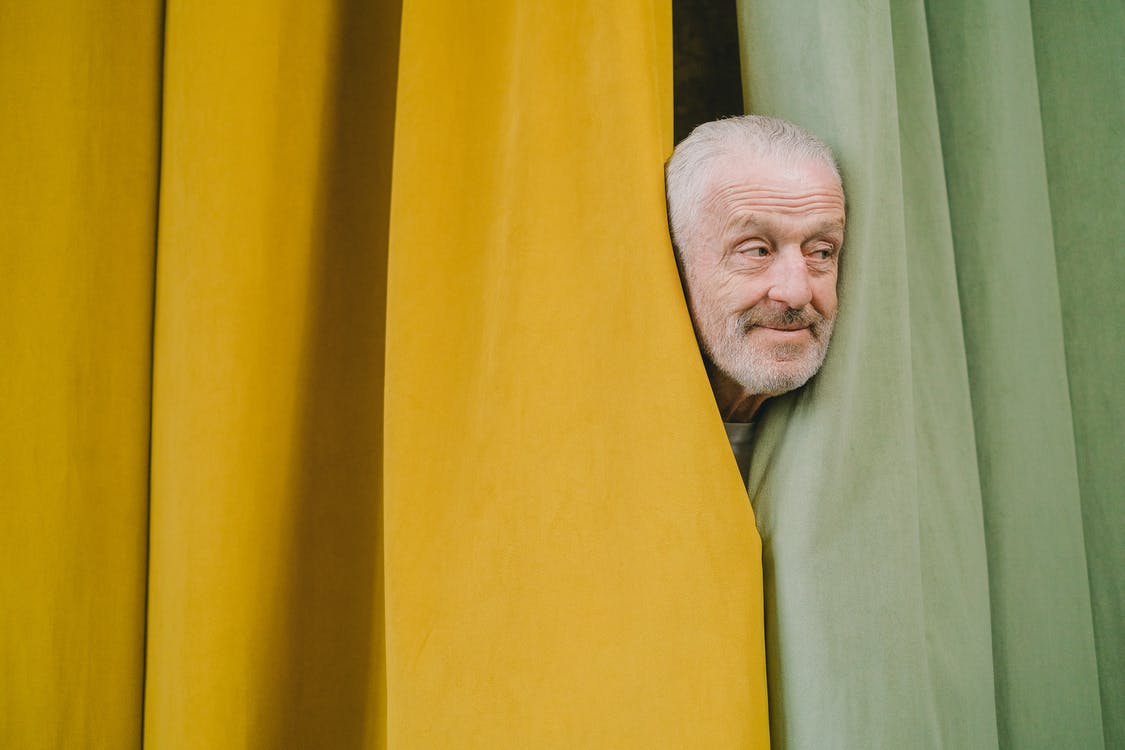What is a Callback Audition?
A step-by-step guide to callbacks
(By Tonya Tannenbaum)
 (Photo: Cottonbro Studio | Pexels)
(Photo: Cottonbro Studio | Pexels)
A callback audition, also known as a recall audition, is a follow-up audition that occurs after an initial audition for a role in a play, film, television show, or other performance. During the initial audition, actors typically perform a prepared monologue or scene for casting directors, producers, or other decision-makers. If the casting team is interested in seeing more from certain actors, they may invite them back for a callback audition.
During a callback audition, actors may be asked to perform additional scenes, engage in improvisation, or participate in chemistry reads with other actors being considered for complementary roles. Callback auditions provide an opportunity for the casting team to further evaluate an actor’s suitability for a particular role and to compare them against other candidates.
Are callback auditions a big deal?
 (Photo: Tirachard Kumtanom | Pexels)
(Photo: Tirachard Kumtanom | Pexels)
Yes, callback auditions are typically considered a significant step in the casting process and are often seen as a positive indication of an actor’s potential suitability for a role. Here are a few reasons why callback auditions are generally regarded as important:
Increased Attention: Being called back for an audition means that the casting team has noticed something promising in the actor’s initial audition. It shows that they have made an impression and are being seriously considered for the role.
Further Evaluation: Callback auditions allow the casting team to further evaluate the actor’s skills, versatility, and suitability for the role. This may involve performing additional scenes, engaging in chemistry reads with other actors, or undergoing further assessment.
Competition: Callback auditions often involve competing against a smaller pool of actors who have also been called back. Making it to this stage means the actor is in contention for the role but must still demonstrate their capabilities to stand out from the competition.
Potential for Feedback: Callback auditions may provide an opportunity for actors to receive feedback from casting directors or producers, which can be valuable for their professional development, even if they don’t ultimately land the role.
Step Closer to Booking the Role: While a callback doesn’t guarantee that an actor will get the part, it does bring them one step closer. Successfully navigating callback auditions can lead to final casting decisions and potentially booking the role.
How many actors receive a callback audition?
 (Photo: Chris Ainsworth | Unsplash)
(Photo: Chris Ainsworth | Unsplash)
The number of actors who receive callback auditions can vary widely depending on the specific production, the role being cast, and the preferences of the casting team. There is no set number or percentage of actors who receive callbacks, as it ultimately depends on factors such as the size of the role, the number of candidates initially auditioning, and the casting director’s discretion.
Is not getting a callback audition bad?
 (Photo: Andrea Piacquadio | Pexels)
(Photo: Andrea Piacquadio | Pexels)
Not receiving a callback audition after an initial audition is not necessarily a reflection of an actor’s abilities or potential. There are various factors that can influence whether an actor receives a callback, many of which are beyond their control, such as role specificity, competition, limited availability or a preference for established talent.
Does having a callback guarantee you a role?
 (Photo: Ron Lach | Pexels)
(Photo: Ron Lach | Pexels)
No, having a callback audition does not guarantee an actor a role. While being called back for a second audition is a positive sign and indicates that the casting team is interested in the actor’s potential for the role, it does not guarantee that they will ultimately be cast.
There are several reasons why this is the case:
Competition: Even after receiving a callback, actors are still in competition with other talented performers who have also been called back for the role. The casting team may be considering multiple candidates and will ultimately choose the one they believe best fits the role.
Fit with Vision: The casting team may have a specific vision for the character that goes beyond an actor’s performance in the audition. They may be looking for certain qualities, chemistry with other cast members, or other factors that influence their decision-making process.
Final Auditions: After callback auditions, there may be additional rounds of auditions or screen tests before a final decision is made. Actors may need to go through further evaluations before the role is officially offered to them.
Creative Changes: The casting process can be fluid, and decisions may change based on various factors such as script revisions, budget constraints, or creative direction. Even if an actor impresses during callback auditions, circumstances beyond their control may influence casting decisions.
How do you prepare for a callback audition?
 (Photo: Tima Miroshnichenko | Pexels)
(Photo: Tima Miroshnichenko | Pexels)
Preparing for a callback audition requires a focused and tailored approach to showcase your skills and suitability for the role. Here are some steps you can take to prepare effectively:
Review the Material: If you’ve been provided with new scenes or sides for the callback, thoroughly study and understand the material. Pay attention to the character’s motivations, objectives, and relationships with other characters.
Analyze Feedback (if any): If you received feedback after your initial audition, take it into account and work on any areas of improvement. Use this feedback to refine your performance for the callback.
Stay Consistent: While incorporating any feedback, ensure that your performance remains consistent with what impressed the casting team during your initial audition. Maintain the essence of the character and your interpretation while making adjustments.
Research the Project: Familiarize yourself with the project, including the tone, style, and themes. Watch previous works by the director or similar projects to gain insights into the overall vibe of the production.
Prepare for Direction: Be prepared to take direction from the casting director or producers during the callback audition. Remain flexible and open to adjustments in your performance based on their guidance.
Work on Chemistry (if applicable): If the callback involves scenes with other actors, rehearse and develop chemistry with your scene partners. Practice listening and reacting authentically to create believable dynamics.
Stay Physically and Mentally Prepared: Ensure you’re well-rested, hydrated, and mentally focused on the day of the callback. Arrive early to the audition location to give yourself time to relax and prepare mentally.
Dress Appropriately: Choose attire that reflects the character and fits the tone of the project. Avoid distracting clothing or accessories that could detract from your performance.
Bring Necessary Materials: Bring extra copies of your headshot and resume, as well as any other requested materials, such as sides or a monologue, to the callback audition.
Stay Confident and Positive: Approach the callback audition with confidence and a positive attitude. Remember that being called back means the casting team sees potential in you, so trust in your abilities and give it your best effort.
What should I wear to a callback audition?
 (Photo: Shvets Production | Pexels)
(Photo: Shvets Production | Pexels)
What you wear to a callback audition is important as it contributes to the overall impression you make on the casting team. Be sure to:
Dress the Part: Consider the character you’re auditioning for and choose clothing that reflects their personality, style, and the tone of the project. Your outfit should help you embody the character without being too literal or costume-like.
Avoid Distractions: Choose clothing that is comfortable and allows you to move freely, but avoid anything overly flashy, loud, or distracting. Your outfit should not draw attention away from your performance or the character you’re portraying.
Neat and Well-Groomed: Ensure that your clothing is clean, pressed, and well-maintained. Pay attention to personal grooming, such as hair, makeup (if applicable), and grooming, to present a polished appearance.
Should you wear the same outfit to a callback audition?
 (Photo: Liza Summer | Pexels)
(Photo: Liza Summer | Pexels)
Wearing the same outfit to a callback audition as you did for the initial audition is generally acceptable, especially if it’s a callback for the same role or project. The casting team may have already formed a positive impression of you based on your initial audition and outfit choice. By wearing the same outfit, you’re reinforcing that positive association and familiarity with your audition.
What happens after a callback?
 (Photo: Cottonbro | Pexels)
(Photo: Cottonbro | Pexels)
After a callback audition, several things could happen depending on the casting process and the decisions made by the casting team:
Further Auditions: In some cases, actors may be called back for additional rounds of auditions or screen tests. This could involve further evaluation of performances, chemistry reads with other actors, or meetings with producers or directors.
Offering the Role: If the casting team is impressed with an actor’s performance during the callback audition, they may extend an offer for the role. This typically involves negotiating terms such as compensation, scheduling, and contractual agreements.
Release of Casting Decisions: Once all auditions and callbacks have been completed, the casting team will make final decisions regarding casting choices. Actors who have been selected for roles will be notified, while those who were not chosen may receive notifications or may not hear back at all, depending on the casting process.
Feedback: In some cases, actors may receive feedback from the casting team regarding their audition or callback performance. This feedback can be valuable for actors to understand areas of strength and areas for improvement in their craft.
Booking Alternatives: If an actor is not selected for the role they auditioned for, they may still be considered for other roles in the project or for future projects by the casting team.
Continued Auditioning: For actors who were not cast in the project, the process of auditioning for other roles and projects continues. It’s important for actors to remain persistent, continue honing their craft, and pursue new opportunities.



